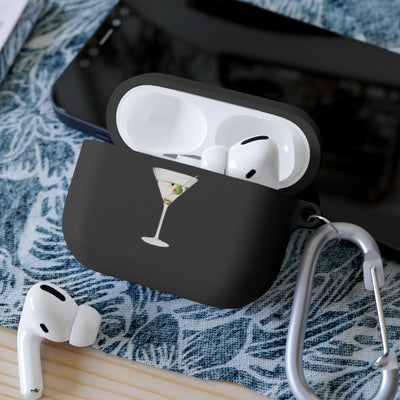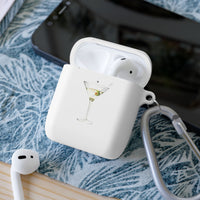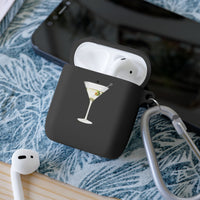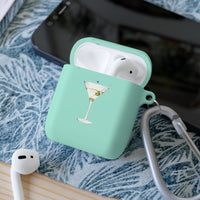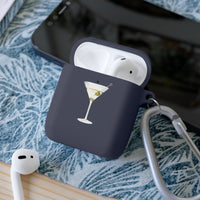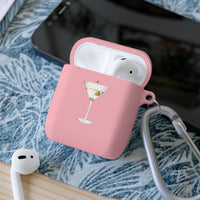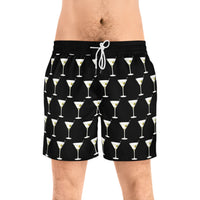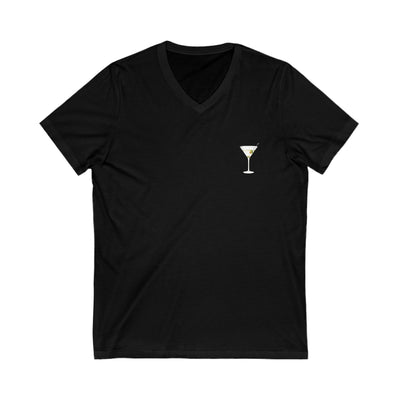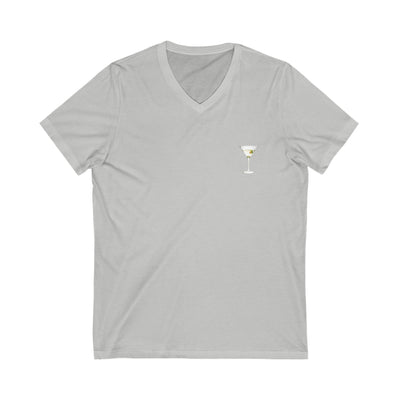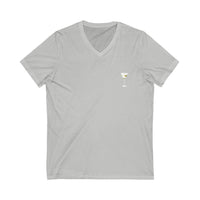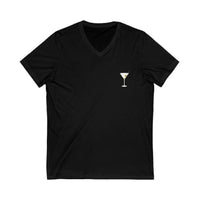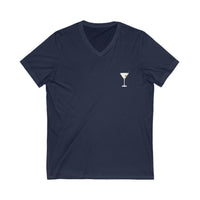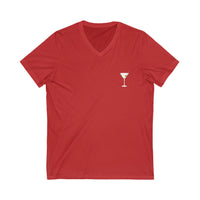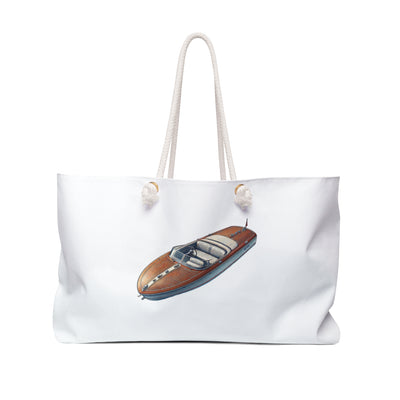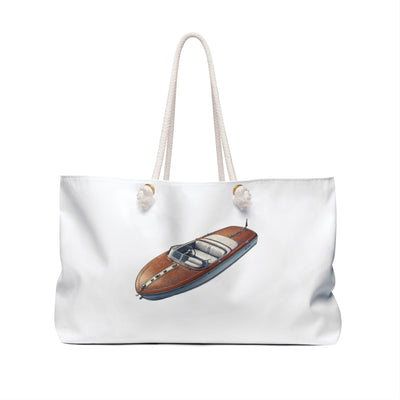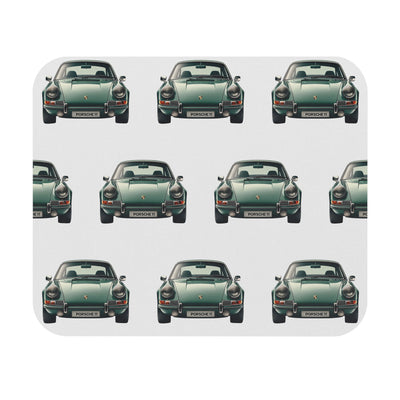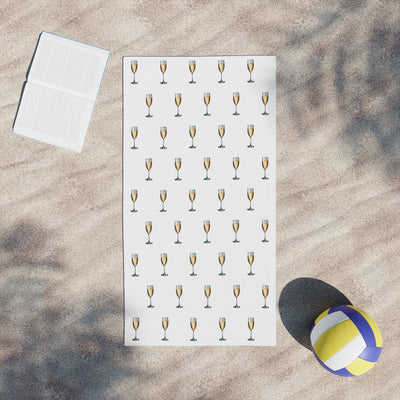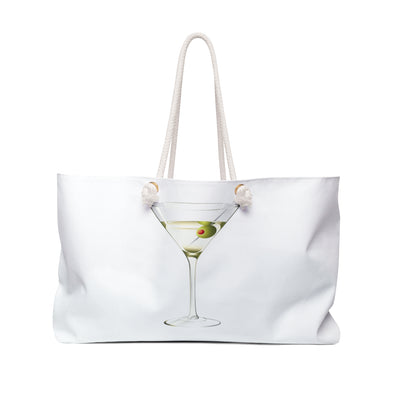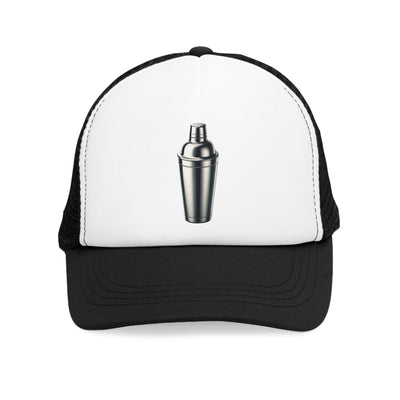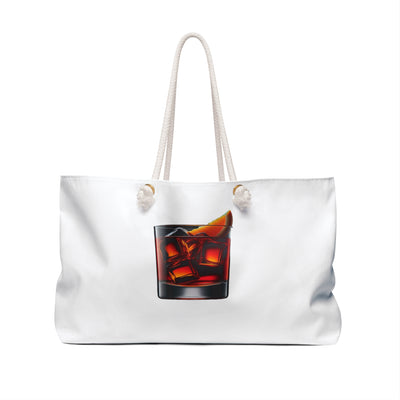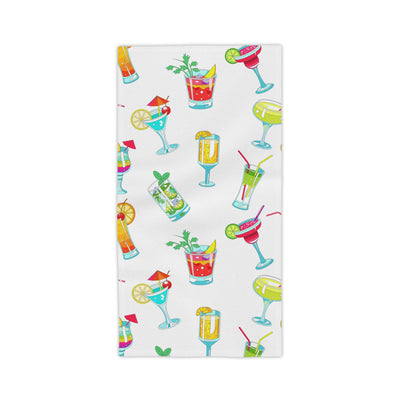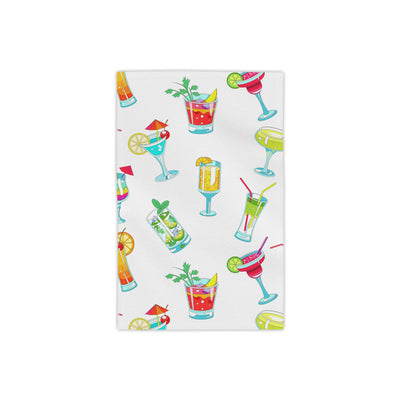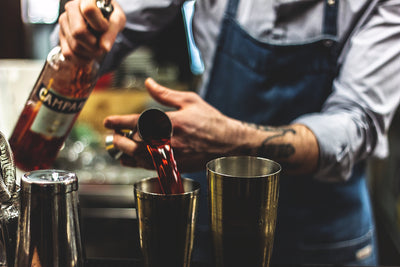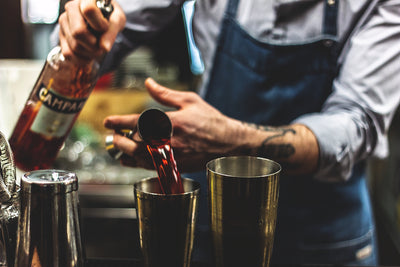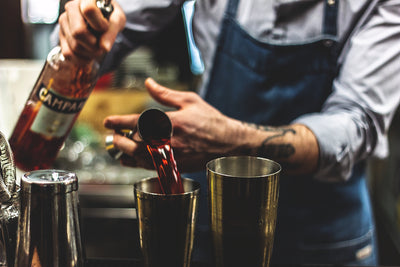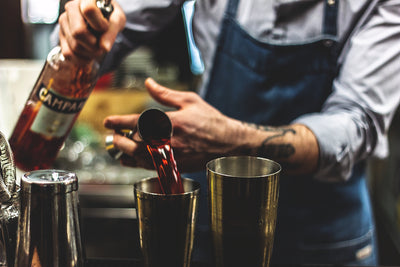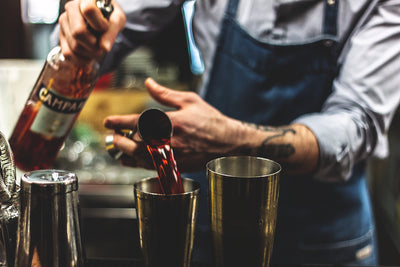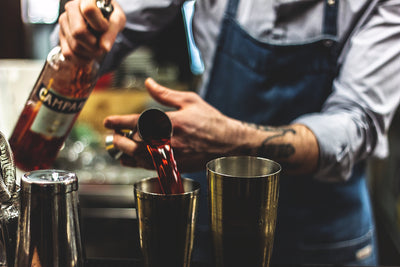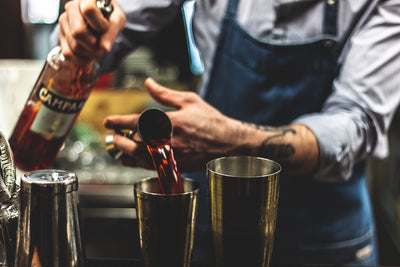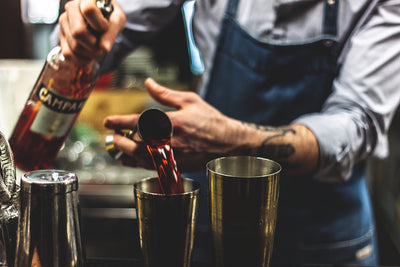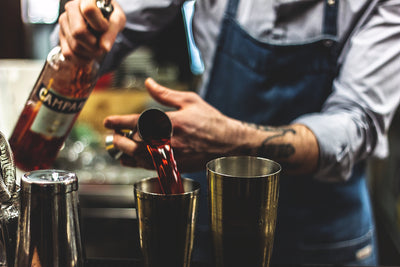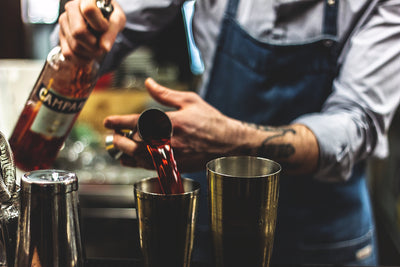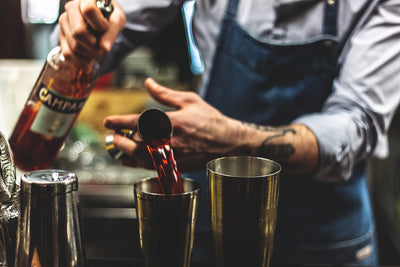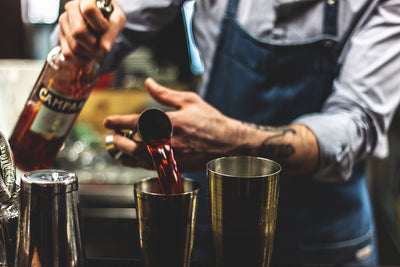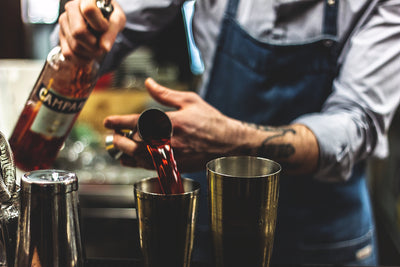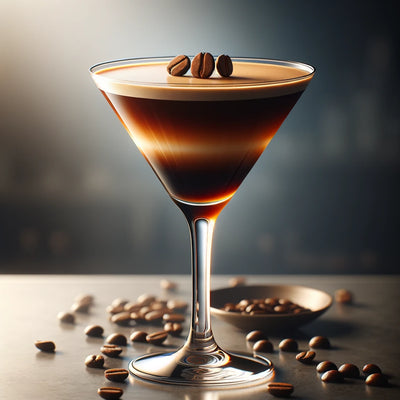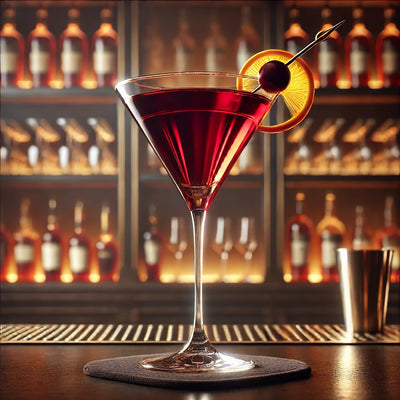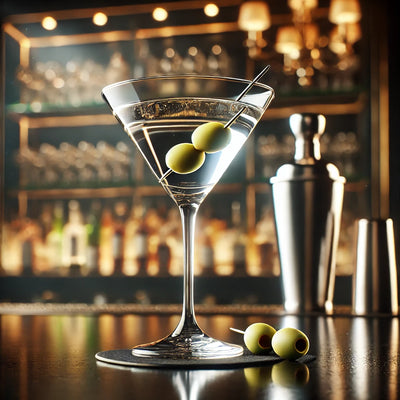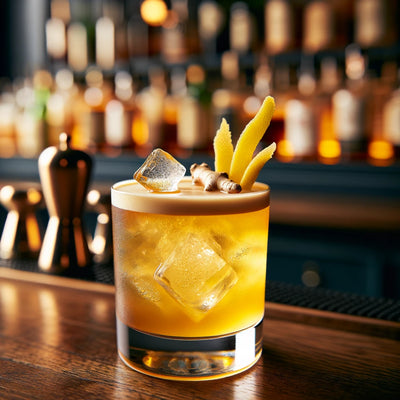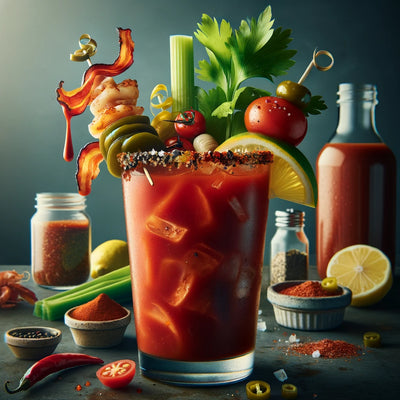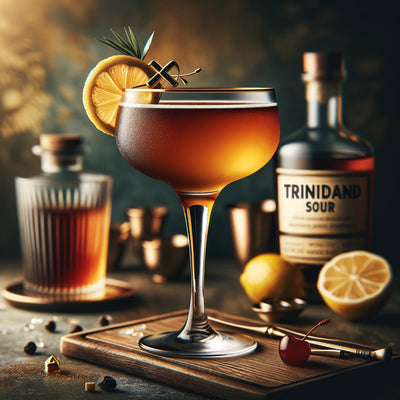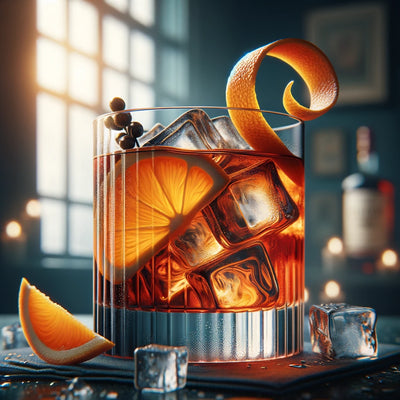Decanter: What is a Decanter and how is it used?

Decanting: The Art of Enhancing Wine
A decanter is not merely a vessel for serving wine or spirits; it's a tool that elevates the drinking experience, marrying form and function in the art of decanting. Through the act of transferring the beverage from its original bottle into a decanter, it achieves several purposes: it separates sediment from the liquid in aged wines, allows the wine to breathe, and, in doing so, enhances its aroma and flavor. Moreover, decanters serve as a statement piece, showcasing the beauty of the liquid within.
Design and Functionality:
-
Wide Base and Narrow Neck: The hallmark of a decanter's design is its wide base, which maximizes the surface area of the wine exposed to air, facilitating optimal aeration. This exposure is crucial for softening the wine's tannins and unlocking the bouquet of aromas that define its character. The narrow neck, in contrast, serves a practical purpose, controlling the flow of wine for a smooth pour while minimizing the risk of spillage.
-
Material: Traditionally crafted from glass or crystal, decanters are revered not just for their utility but for their aesthetic appeal. Crystal decanters, with their clarity and brilliance, can catch and refract light, adding a touch of elegance to any setting. Some modern decanters are made from alternative materials like lead-free glass, which combines the visual appeal of traditional crystal with the safety and durability required for regular use.
-
Stopper or Lid: A decanter may come equipped with a stopper or lid, designed to shield the wine from external contaminants while still allowing it to breathe. These stoppers can be as much a part of the decanter's artistic expression as they are functional, often crafted from matching materials and styled to complement the decanter's design.
-
Aerating Function: Beyond its role in separating sediment, the decanter's shape is engineered to enhance the aeration process. As wine is poured, it glides along the decanter's sides, a journey that gently introduces oxygen to the wine. This interaction between wine and air is pivotal, helping to mellow the wine's structure and amplify its aroma and palate.
-
Ergonomics and Aesthetics: While some decanters incorporate handles for ease of pouring, others rely on the elegance of their form, designed to be both beautiful and functional. The craftsmanship of a decanter is evident in its balance, the smoothness of its lines, and its ability to facilitate a graceful pour.
The Ritual of Decanting:
The ritual of decanting is as much a part of the wine experience as the drink itself. It begins with the careful pouring of the wine into the decanter, a process that demands patience and precision to ensure that any sediment remains in the bottle. This ritual, often performed at the table, adds a ceremonial layer to the wine service, inviting conversation and anticipation as the wine is prepared for enjoyment.
Decanters are not reserved solely for the sommelier's table or the collector's cabinet; they are accessible to anyone looking to deepen their appreciation of wine. Whether you're serving a venerable aged Bordeaux or a vibrant young Pinot Noir, the decanter stands ready to enhance every sip.
If you love Negroni cocktails then check out the https://www.negroni.co/ site.
Frequently asked questions about wine decanters
Question 1: what does a wine decanter do?Answer: A wine decanter serves multiple purposes, enhancing the overall wine-drinking experience through both functional and aesthetic means. Here are the key roles a wine decanter plays:
1. Aeration
- Oxygen Exposure: Decanting wine exposes it to oxygen, which can help soften the tannins in red wines, making them smoother and better balanced. This process, known as aeration, can also help to open up the wine's aromas and flavors, allowing for a more enjoyable and complex tasting experience.
- Breathing: While all wines can benefit from breathing, younger, more tannic wines, and some full-bodied white wines see the most significant improvement from decanting.
2. Removing Sediment
- Separation: Older wines, particularly reds, can develop sediment over time. Decanting gently separates the wine from these sediments, which can be bitter and detract from the wine's taste. This ensures that the wine poured into your glass is clear and free of particles.
- Preservation of Quality: By removing sediment, decanting helps preserve the intended flavors and mouthfeel of the wine, ensuring a smoother drinking experience.
3. Enhancing Flavor and Bouquet
- Flavor Development: The process of decanting can enhance the wine's inherent flavors, making them more pronounced and layered.
- Bouquet Unfolding: Aeration helps in the evaporation of some of the more volatile compounds in the wine. As these compounds evaporate, the wine's bouquet becomes more complex and easier to discern, elevating the sensory experience of drinking the wine.
4. Temperature Regulation
- Cooling or Warming: While not its primary function, a decanter can also aid in bringing wine to its ideal serving temperature. A room-temperature decanter can slightly warm a too-cold wine, while a chilled decanter can keep a white wine cool outside of the refrigerator.
5. Presentation and Tradition
- Elegance: Decanters are often designed with aesthetics in mind, adding an element of sophistication and ceremony to wine serving. The act of decanting itself can be a ritual that enhances the dining or tasting experience.
- Historical Significance: The use of decanters dates back centuries and brings with it a tradition of hospitality and care in the presentation of wine.
6. Indicating Readiness
- Immediate Consumption: Decanting signals that the wine is ready to be enjoyed immediately. It encourages the consumption of the wine at its peak state, following adequate aeration and once separated from any sediment.
In summary, using a wine decanter can significantly improve the wine's quality by allowing it to breathe, removing sediment, and enhancing its flavors and aromas. Moreover, it introduces an element of tradition and sophistication to the wine serving process, making it not just about the drink but the experience surrounding it.
Question 2: How to clean a wine decanter?
Answer: Cleaning a wine decanter can be challenging due to its shape and delicate material, typically glass or crystal. However, keeping it sparkling clean is essential for both aesthetic reasons and to ensure that the flavors of your wine remain unaltered. Here's a step-by-step guide on how to effectively clean a wine decanter:
Immediate Rinsing
- Rinse After Use: As soon as you finish using the decanter, rinse it with warm water to remove any remaining wine. This prevents stains from setting.
Basic Cleaning
- Warm Water Swirl: Fill the decanter with warm water and gently swirl it around. This can help loosen any residues inside.
- Soap Avoidance: It's generally advised to avoid using soap as it can leave behind a residue that might affect the taste of the wine. If you must use soap, ensure it's mild and thoroughly rinsed afterward.
Removing Stains
- Baking Soda and Vinegar: For tough stains, fill the decanter with a solution of warm water, a small amount of baking soda, and white vinegar. Let it sit for a few hours, then rinse thoroughly.
- Rice Cleaning Method: Add a handful of uncooked rice to the decanter with a bit of warm water and a small amount of white vinegar. The rice acts as a gentle abrasive to scrub away residues. Swirl the mixture vigorously, then rinse well.
For Hard-to-Remove Residues
- Decanter Cleaning Beads: These stainless steel beads can be used to scrub the interior of the decanter. Add water, pour in the beads, and swirl gently. The beads help dislodge any residues clinging to the glass. Rinse the decanter and beads well afterward.
- Denture Cleaning Tablets: These effervescent tablets can be dissolved in water inside the decanter to help lift stains and residues. Follow the instructions on the tablet package, then rinse the decanter thoroughly.
Drying
- Air Dry: Invert the decanter on a drying stand or a clean dish rack to allow it to air dry completely. Avoid using a cloth to dry the inside, as it can leave lint or residues.
Storage
- Storing Clean: Once dry, store your decanter in a dust-free space to keep it ready for its next use. If you’re concerned about dust, consider covering the opening with a clean, breathable cloth.
Tips
- Handling: Always handle the decanter with care, especially when cleaning, to prevent breakage.
- Avoiding Chemicals: Steer clear of harsh chemicals that can etch or damage the glass.
- Frequency: Clean your decanter regularly, even if it's not being used, to prevent dust buildup.
By following these steps, you can ensure your wine decanter remains in pristine condition, ready to enhance your wine-drinking experience without imparting any unwanted flavors or odors.
Question 3: How to use a decanter?
Answer: Using a decanter involves a few simple steps designed to enhance the flavor, aroma, and overall enjoyment of wine or spirits. Here's a guide on how to use a decanter effectively:
For Wine:
-
Choose the Right Decanter: Select a decanter based on the type of wine you'll be serving. Red wines benefit from a decanter with a wide base for maximum aeration, while white wines or lighter reds may use a decanter with a narrower base.
-
Check for Sediment: If you're decanting an older red wine, inspect the bottle for sediment before decanting. Sediment is common in aged wines and should be separated from the liquid.
-
Prepare the Wine: To ensure minimal disturbance of sediment, let the bottle stand upright for 24 hours before decanting, if possible.
-
Decanting with Sediment: If your wine has sediment, slowly pour the wine into the decanter, stopping when you see sediment approaching the bottle's neck. A candle or light source behind the bottle neck can help you see the sediment more clearly.
-
Aerating the Wine: For wines that need aeration (to open up the flavor and aroma), pour the wine into the decanter from a height, allowing it to splash gently against the decanter's base. This process introduces air into the wine, enhancing its characteristics.
-
Serving: Allow the wine to breathe in the decanter. The time needed can vary; young red wines may benefit from an hour or more, while others might be ready to serve immediately.
For Spirits:
-
Transfer to Decanter: Pour the spirit, such as whiskey or brandy, directly into the decanter. Unlike wine, spirits don't require aeration or separation from sediment.
-
Sealing: If the decanter has a stopper, ensure it's securely placed to prevent evaporation and preserve the spirit's quality.
-
Serving: Spirits in decanters are ready to serve immediately. Decanting spirits is more about presentation and oxidation control than aeration.
General Tips:
- Cleaning: Clean the decanter with warm water before and after use. Avoid using soap, as it can leave residue that affects the taste. Special decanter cleaning beads or brushes can help remove stains or residues.
- Drying: Allow the decanter to air dry upside down to prevent water spots. Use a decanter drying stand if available.
- Storage: Store the decanter in a place that avoids dust and odors, which could affect the next use.
Using a decanter not only improves the taste and aroma of your wine or spirit but also adds an elegant touch to your serving presentation.
If you love Negroni cocktails then check out the https://www.negroni.co/ site.
